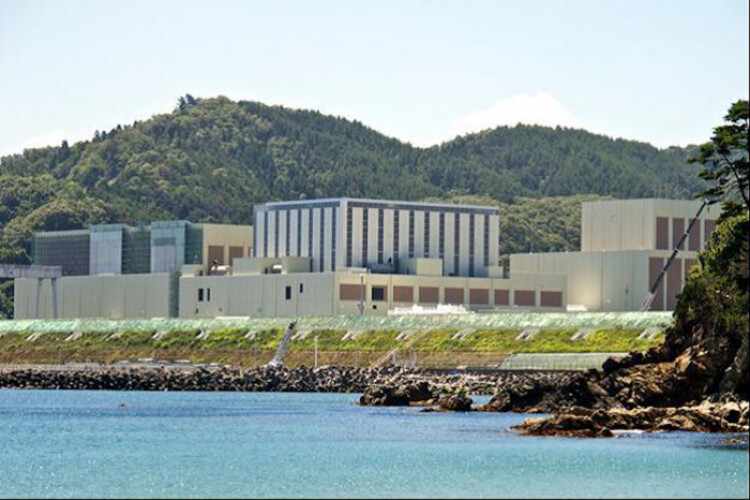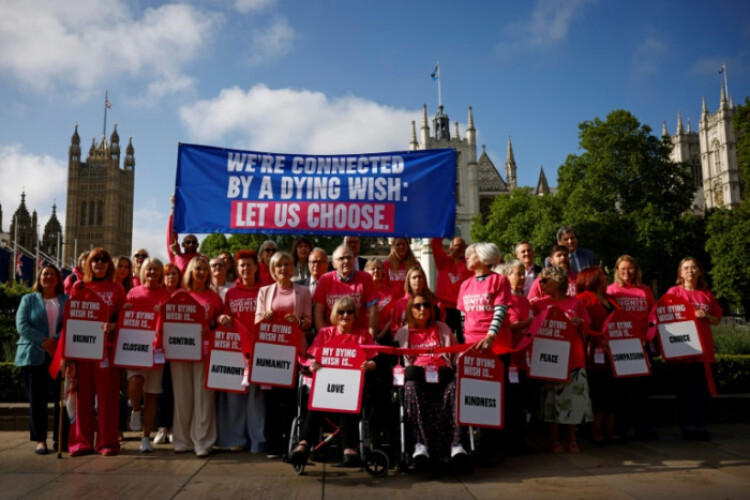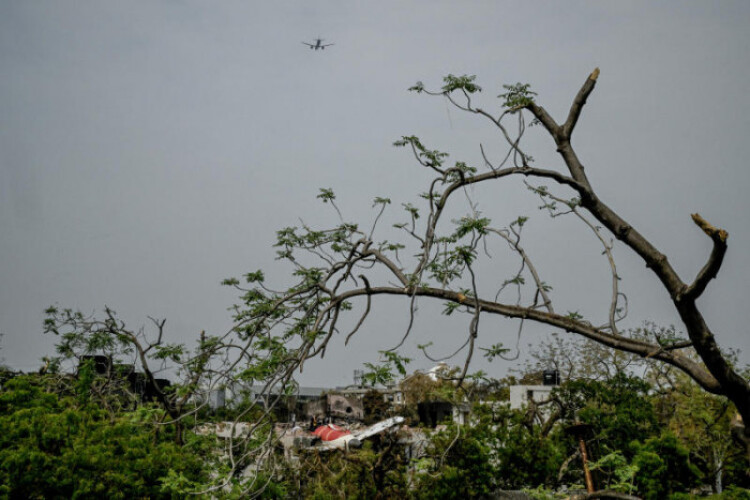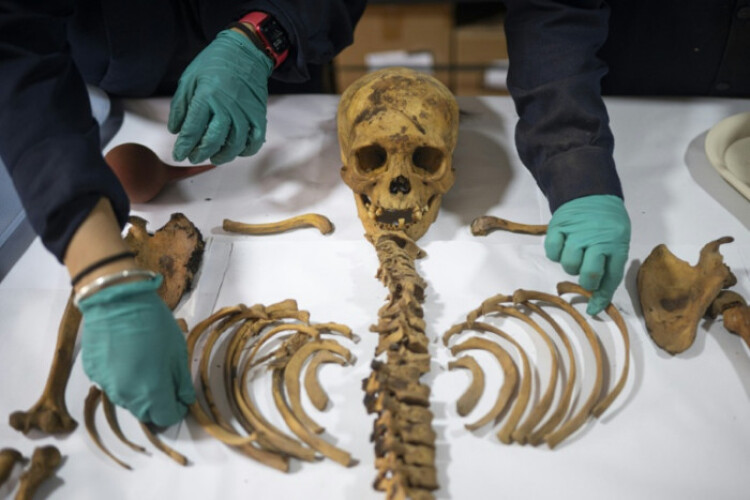
TOKYO - Tohoku Electric Power has resumed operations of the 825-megawatt No.2 reactor at its Onagawa nuclear power plant in northern Japan, for the first time since the Fukushima nuclear disaster in 2011, a company spokesperson said on Tuesday.
The plant runs boiling water reactors (BWR), the same as those in Fukushima, and was the closest nuclear station to the epicentre of the magnitude 9 earthquake in 2011. It is the first nuclear power reactor in eastern Japan to restart since then.
The long-delayed restart takes the number of operational reactors in Japan to 13, with a combined capacity of 12,433MW.
As Chugoku Electric Power prepares to restart the 820-MW No.2 reactor at its Shimane plant in western Japan later this year, the country’s demand for liquefied natural gas (LNG) is expected to fall next year.
Increased operation of nuclear power plants should also help Japan to fill growing power demand from semiconductor plants and data centres supporting applications in artificial intelligence (AI).
The government expects power output to grow to 1.35 trillion to 1.5 trillion kilowatt-hours (kWh) by 2050, up from 1 trillion kWh projected for the current decade as Japan sets up more data centres, chip factories and other energy-consuming businesses.
For Tohoku Electric, the Onagawa restart follows a total investment of 570 billion yen ($3.7 billion) on safety measures to meet tougher rules adopted after the Fukushima disaster.
The restart is expected to boost the firm’s profit by 13 billion yen for the financial year ending next March, as lower fuel costs due to less spending on fossil fuels will offset increased depreciation and amortisation costs related to the Onagawa plant, its spokesperson said.
The plant runs boiling water reactors (BWR), the same as those in Fukushima, and was the closest nuclear station to the epicentre of the magnitude 9 earthquake in 2011. It is the first nuclear power reactor in eastern Japan to restart since then.
The long-delayed restart takes the number of operational reactors in Japan to 13, with a combined capacity of 12,433MW.
As Chugoku Electric Power prepares to restart the 820-MW No.2 reactor at its Shimane plant in western Japan later this year, the country’s demand for liquefied natural gas (LNG) is expected to fall next year.
Increased operation of nuclear power plants should also help Japan to fill growing power demand from semiconductor plants and data centres supporting applications in artificial intelligence (AI).
The government expects power output to grow to 1.35 trillion to 1.5 trillion kilowatt-hours (kWh) by 2050, up from 1 trillion kWh projected for the current decade as Japan sets up more data centres, chip factories and other energy-consuming businesses.
For Tohoku Electric, the Onagawa restart follows a total investment of 570 billion yen ($3.7 billion) on safety measures to meet tougher rules adopted after the Fukushima disaster.
The restart is expected to boost the firm’s profit by 13 billion yen for the financial year ending next March, as lower fuel costs due to less spending on fossil fuels will offset increased depreciation and amortisation costs related to the Onagawa plant, its spokesperson said.











